Name Howard Carter Role Archaeologist | Nationality British | |
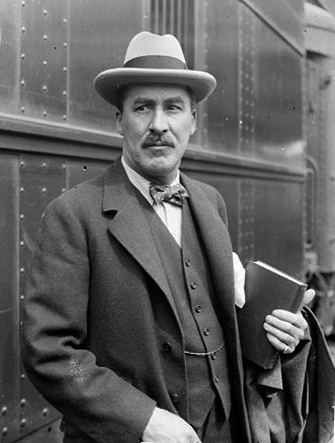 | ||
Born 9 May 1874Kensington, London, England, United Kingdom ( 1874-05-09 ) Siblings Vernet Carter, Edgar Carter, William Carter, Samuel Carter, James Carter, Amy Walker Parents Samuel John Carter, Martha Joyce Carter Books The discovery of the tom, Tutankhamen, The tomb of Thoutmos, Applied economics in bankin Similar People Tutankhamun, George Herbert - 5th Earl o, Akhenaten, Zahi Hawass, Nefertiti | ||
Howard carter archaeologist egyptologist tutankhamun
Howard Carter (9 May 1874 – 2 March 1939) was a British archaeologist and Egyptologist who became world-famous after discovering the intact tomb (designated KV62) of the 18th Dynasty Pharaoh, Tutankhamun (colloquially known as "King Tut" and "the boy king") in November 1922.
Contents
- Howard carter archaeologist egyptologist tutankhamun
- Howard carter and tutankhamun s tomb
- Early life
- Tutankhamuns tomb
- Later work and death
- Internet
- Art
- Comics
- Film and television
- Literature
- Music
- References
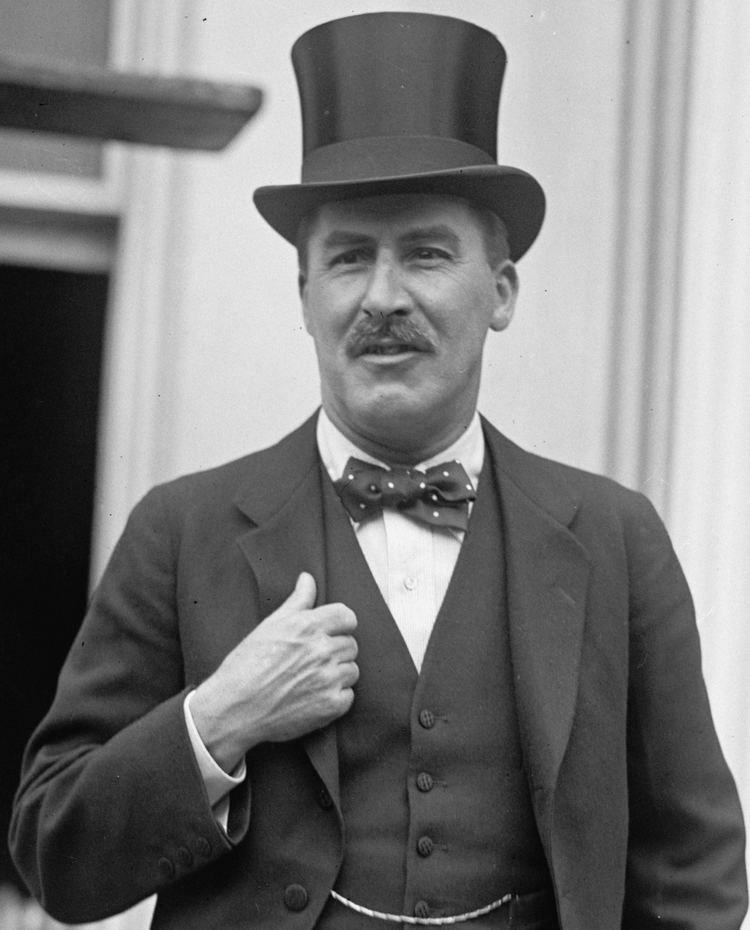
Howard carter and tutankhamun s tomb
Early life
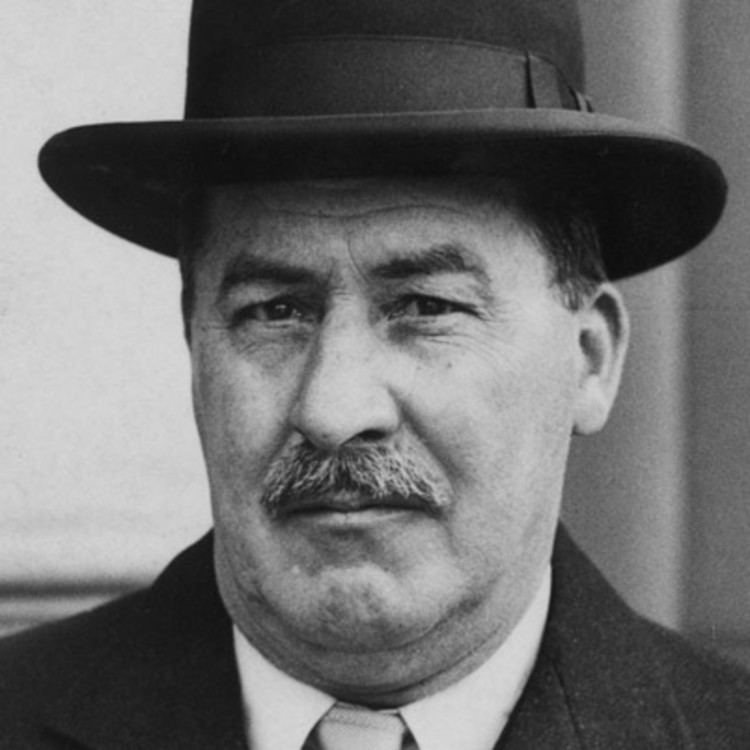
Howard Carter was born in Kensington on 9 May 1874, the son of Samuel John Carter, an artist, and Martha Joyce Carter (née Sands). His father trained and developed Howard's artistic talents.
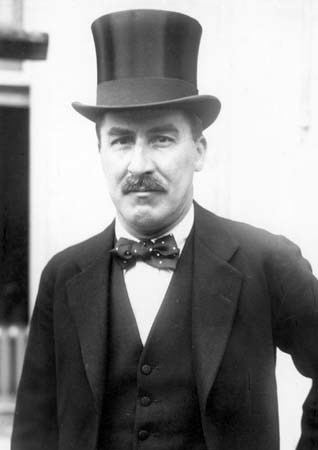
Carter spent much of his childhood with relatives in the Norfolk market town of Swaffham, the birthplace of both his parents. Nearby was the mansion of the Amherst family, Didlington Hall, containing a sizable collection of Egyptian antiques, which sparked Carter's interest in that subject. In 1891 the Egypt Exploration Fund (EEF), on the prompting of Mary Cecil, sent Carter to assist an Amherst family friend, Percy Newberry, in the excavation and recording of Middle Kingdom tombs at Beni Hasan.
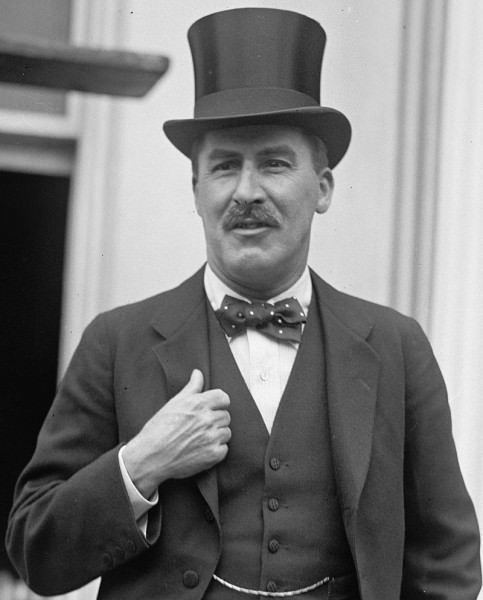
Although only 17, Carter was innovative in improving the methods of copying tomb decoration. In 1892, he worked under the tutelage of Flinders Petrie for one season at Amarna, the capital founded by the pharaoh Akhenaten. From 1894 to 1899, he worked with Édouard Naville at Deir el-Bahari, where he recorded the wall reliefs in the temple of Hatshepsut.
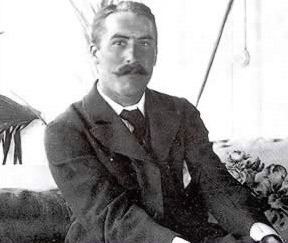
In 1899, Carter was appointed to the position of Chief Inspector of the Egyptian Antiquities Service (EAS). He supervised a number of excavations at Thebes (now known as Luxor). In 1904, he was transferred to the Inspectorate of Lower Egypt. Carter was praised for his improvements in the protection of, and accessibility to, existing excavation sites, and his development of a grid-block system for searching for tombs. The Antiquities Service also provided funding for Carter to head his own excavation projects.
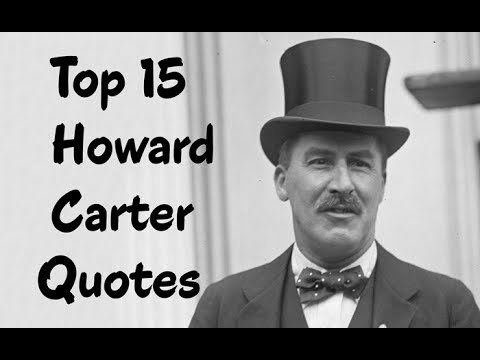
Carter resigned from the Antiquities Service in 1905 after a formal inquiry into what became known as the Saqqara Affair, a noisy confrontation between Egyptian site guards and a group of French tourists. Carter sided with the Egyptian personnel.
Tutankhamun's tomb
In 1907, after three hard years for Carter, Lord Carnarvon employed him to supervise Carnarvon's Egyptian excavations in the Valley of the Kings. Gaston Maspero introduced the two to ensure that Howard Carter imposed modern archaeological methods and systems of recording.
Carnarvon financed Carter's work in the Valley of the Kings to 1914, but excavations and study were interrupted until 1917 by the First World War. Carter enthusiastically resumed his work following the end of the First World War.
After several years of finding little, Lord Carnarvon became dissatisfied with the lack of results, and informed Carter in 1922 that he had one more season of funding to search the Valley of the Kings and find the tomb.
On 4 November 1922, Carter's excavation group found steps that Carter hoped led to Tutankhamun's tomb (subsequently designated KV62), and he wired Lord Carnarvon to come to Egypt. On 26 November 1922, Carter made a "tiny breach in the top left hand corner" of the doorway, with Carnarvon, his daughter Lady Evelyn Herbert, and others in attendance—and using a chisel that his grandmother had given him for his 17th birthday. He was able to peer in by the light of a candle and see that many of the gold and ebony treasures were still in place. He did not yet know whether it was "a tomb or merely a cache", but he did see a promising sealed doorway between two sentinel statues. Carnarvon asked, "Can you see anything?" Carter replied with the famous words: "Yes, wonderful things!"
The next several months were spent cataloguing the contents of the antechamber under the "often stressful" supervision of Pierre Lacau, director general of the Department of Antiquities of Egypt. On 16 February 1923, Carter opened the sealed doorway and found that it did indeed lead to a burial chamber, and he got his first glimpse of the sarcophagus of Tutankhamun. All of these discoveries were eagerly covered by the world's press, but most of their representatives were kept in their hotels; only H. V. Morton was allowed on the scene, and his vivid descriptions helped to cement Carter's reputation with the British public.
Carter's own notes and photographic evidence indicate that he, Lord Carnarvon, and Lady Evelyn Herbert entered the burial chamber shortly after the tomb's discovery and before the official opening. The tomb is considered the best preserved and most intact pharaonic tomb ever found in the Valley of the Kings.
Later work and death
The clearance of the tomb with its thousands of objects continued until 1932. Following his sensational discovery, Carter retired from archaeology and became a part-time agent for collectors and museums, including the Cleveland Museum of Art and the Detroit Institute of Arts. He visited the United States in 1924 and gave a series of illustrated lectures in New York City and other cities in the US that were attended by very large and enthusiastic audiences, sparking American Egyptomania.
Carter died of lymphoma in Kensington, London, on 2 March 1939, aged 64. Carter is now buried in Putney Vale Cemetery in London. His epitaph reads: "May your spirit live, may you spend millions of years, you who love Thebes, sitting with your face to the north wind, your eyes beholding happiness", a quotation taken from the Wishing Cup of Tutankhamun, and "O night, spread thy wings over me as the imperishable stars".
Internet
Art
Comics
Film and television
Carter has been portrayed in many film and television productions:
